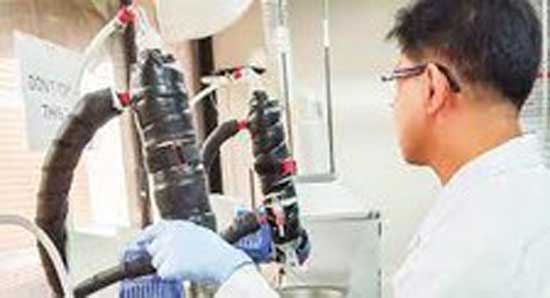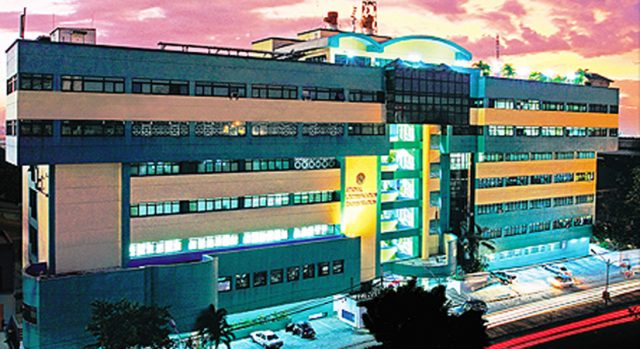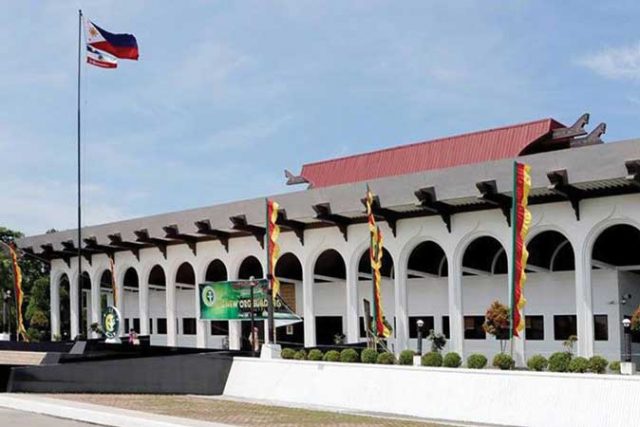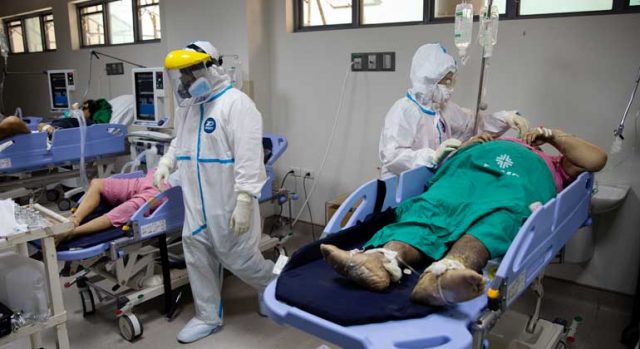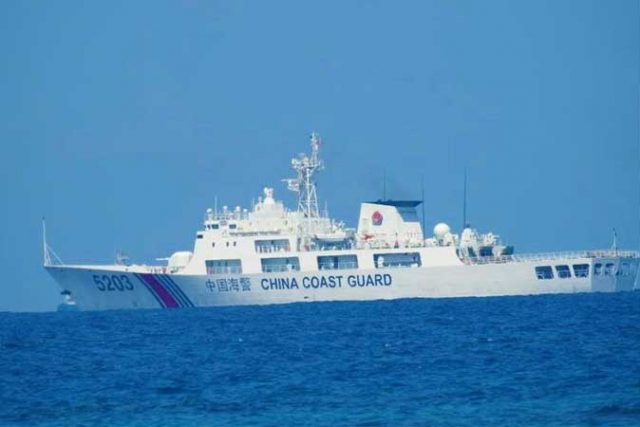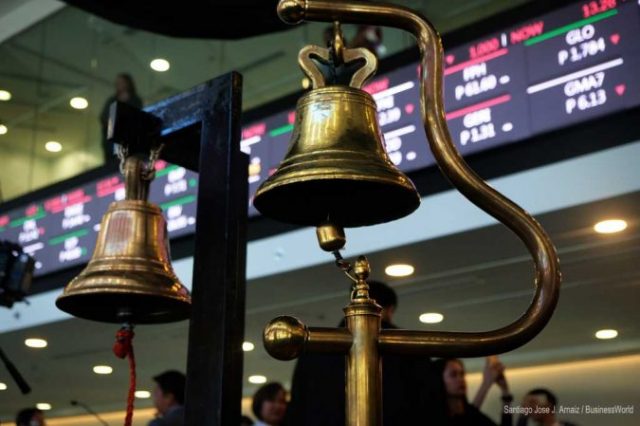CREATE norms for tax perks favor activities high on value chain
PROJECTS that improve Philippine competitiveness as an investment destination and improve the country’s ability to produce high-end products have been declared priorities for the grant of investment, according to the implementing rules of the law that rationalized incentives.
Implementing rules and regulations (IRR) released Thursday outlined the investment perks for key industries under the Corporate Recovery and Tax Incentives for Enterprises (CREATE) Act.
The IRR said industries and projects listed under the Strategic Industries Priorities Plan (SIPP) have first call on incentives eligibility, with the authorities granting perks based on their assessment of long-term growth potential and national interest.
Projects that meet any of a set of 10 criteria could be eligible, including those that provide a substantial amount of investment, job creation, considerable net exports, and the use of technology that is new to the Philippines.
“Processes and innovation, including urban planning and development methods, that will lead towards the attainment of the sustainable development goals, shall include, but not be limited to, adoption of adequate environmental protection systems and sustainability strategies,” it said.
Eligible projects could also address supply chain gaps, improve food security, and promote regional and global operations.
Projects may also “promote market competitiveness or enhance the country’s competitiveness as an investment destination” and improve the capabilities of Filipino enterprises and professionals to produce sophisticated products and services.
Only projects listed in the SIPP will be considered. The 2020 investment priorities plan is the provisional list for sectors qualified to receive such incentives from the government while the SIPP is being developed.
Industries eligible for incentives have been classified into three tiers, with tier III or projects for science and technology development receiving incentives with the longest terms.
The IRR classified import-substituting industries like crude oil refining as tier II. The tier includes activities for producing parts not locally made but needed in industrial development. Tier I activities include those that create jobs and take place in sectors that have experienced market failure, which has rendered domestic producers unable to provide basic goods and services.
The Philippine Economic Zone Authority (PEZA) recently raised possible problems its locators might encounter with new import tax rules under the new IRR. Investors usually expect the duty-free importation of raw materials, but the agency said that it expected new limitations on the scope of exemptions.
The IRR said that the duty exemption applies to the importation of capital equipment, raw materials, spare parts, and accessories directly and exclusively used in the registered projects. They must be items that are not manufactured domestically in sufficient quantity and at reasonable prices. — Jenina P. Ibañez

